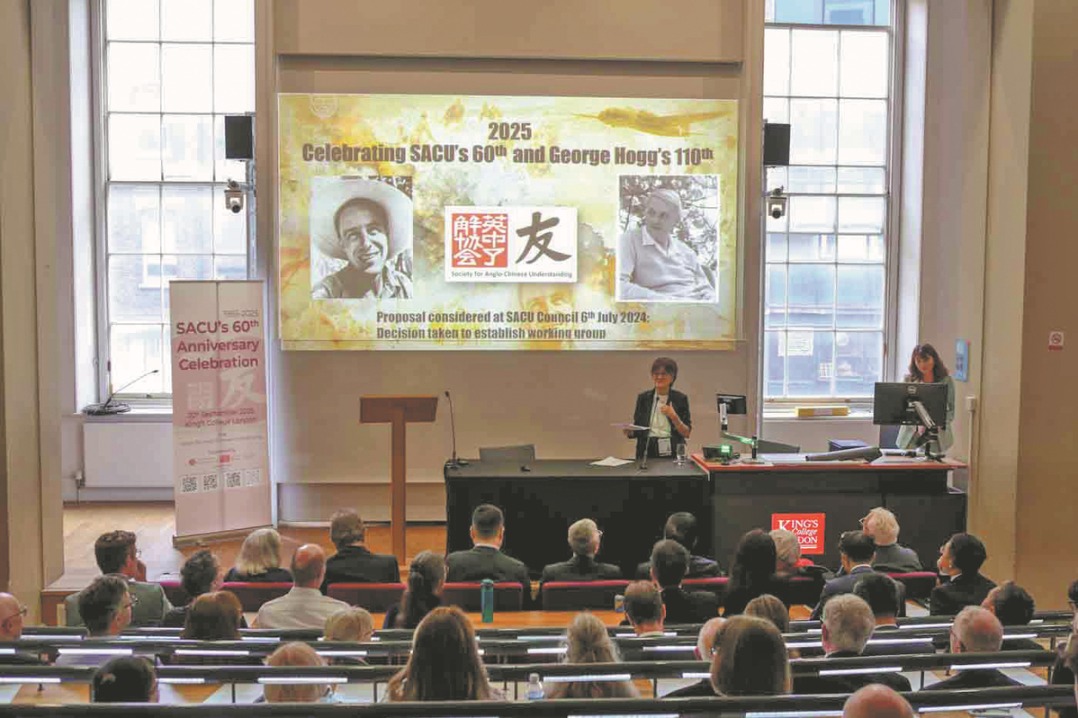Putting a stop to shifting sands
Long-running shelterbelt forest program ring-fences deserts in country's north, as Zhang Xiao reports


Rukiyam sells the family's products such as rose jam, tea, face masks and essential oils via livestream. "We have 3,000 mu (200 hectares) of roses and 42 employees. During harvest season, we employ an additional 200 to 300 flower pickers," she said.
"First forest, then farmland" is the slogan for Hotan's desertification control model. In areas where desert roses have grown for 10 years, the sandy soil has improved enough to support interplanted wheat that is capable of yielding some 3 metric tons per hectare. In just a few years, the region has transformed the desert into an oasis through biological sand control, effectively protecting villages and farmland.
All 27 villages in Yutian have planted windbreak forests and drought-resistant plants on their outskirts, completing biological sand control over more than 30,000 hectares.
Since 2020, sandy weather days per year in Yutian have decreased from 179 to 128, and sandstorm days from 24 to 7.5. By planting tamarisk, saxaul, roses, red dates and other species with both ecological and economic benefits, the project has benefited 8,900 households, 25,000 people and created stable employment for over 2,900 workers.
With ecological restoration as the foundation and industrial benefits as the driving force, this systematic strategy not only protects villages and farmland but also combines desertification control with livelihoods through "ecological industrialization". The approach has formed specialty industry chains for roses and red dates, achieving a positive cycle between ecological governance and economic development.
























